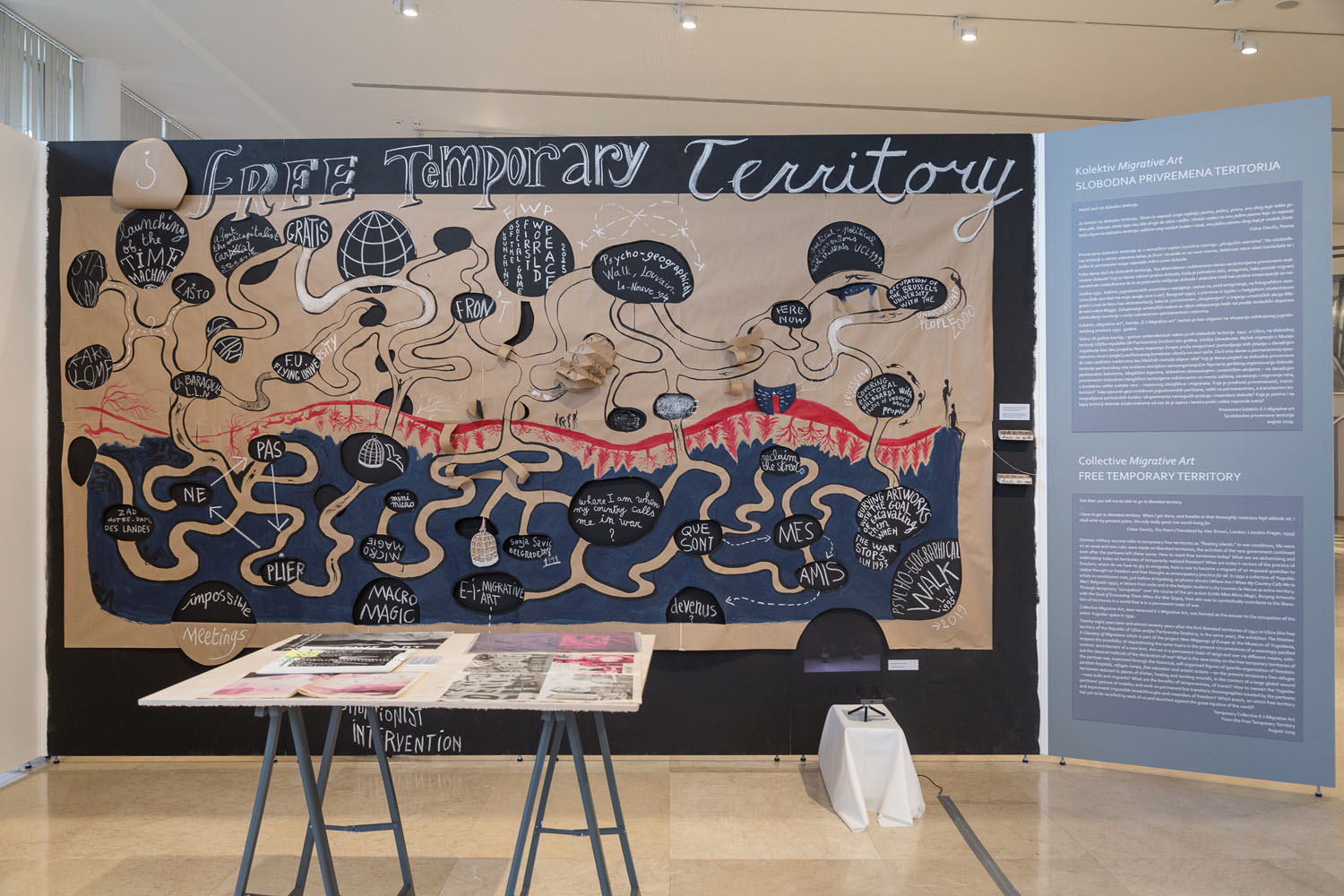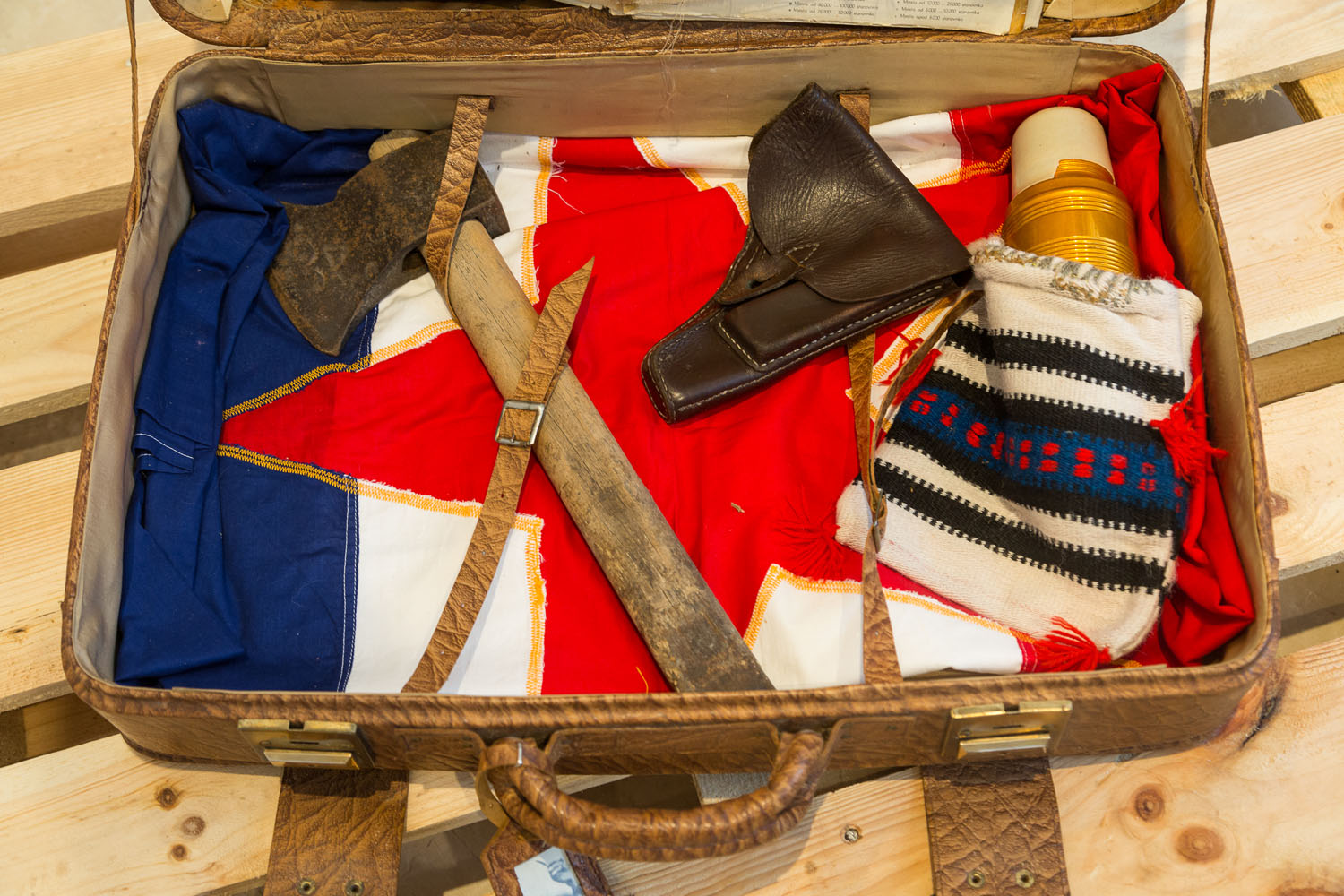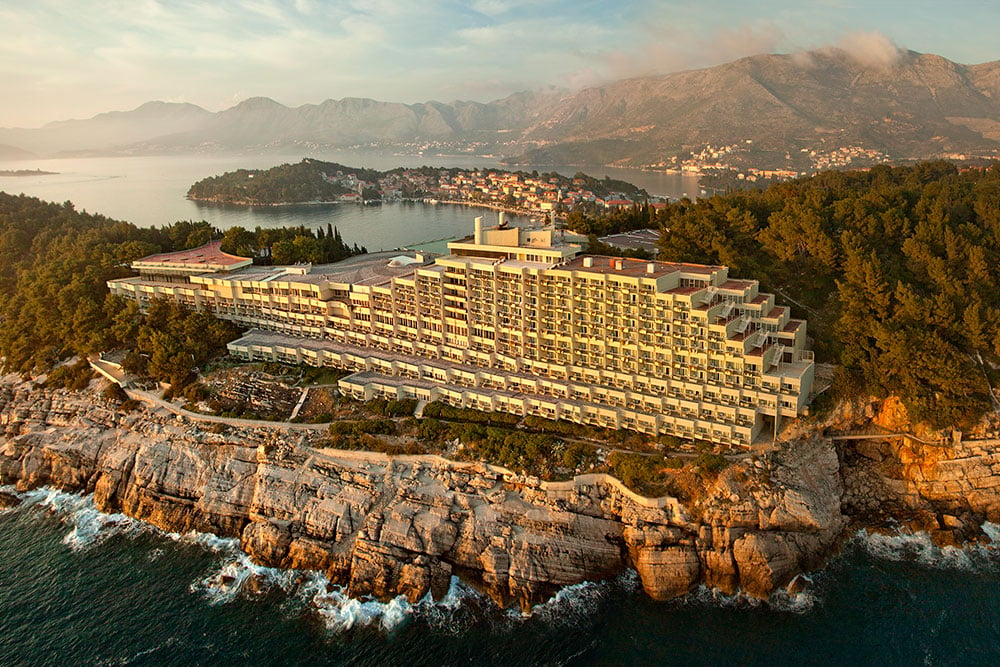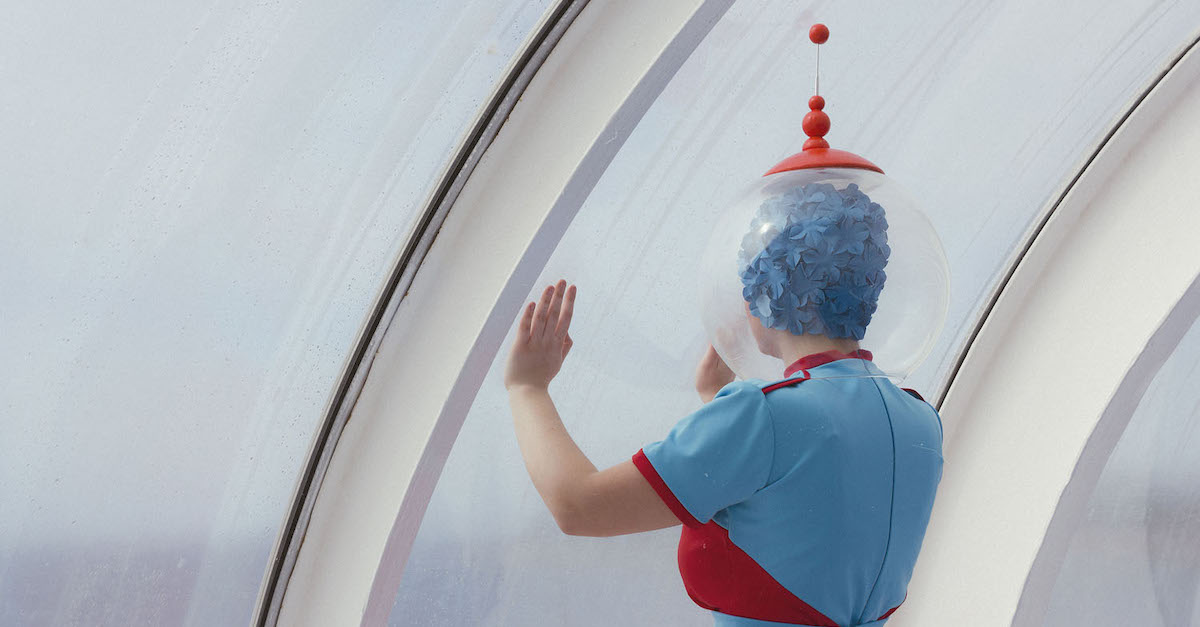Despite its name, Belgrade’s Museum of Yugoslavia is looking towards the future
The institution serves as Tito’s mausoleum, and yet the programme at The Museum of Yugoslavia goes beyond the need to preserve recent history by involving artists and taking on contemporary topics such as migration.
The Museum of Yugoslavia isn’t your typical museum. Unlike most institutions of this nature, it doesn’t exist only to catalog valuable objects from the country’s past; the museum and its staff also seek to preserve the ideas that sustained the Yugoslav project so they might be put into use today.
Nestled among the luscious greenery and ornate villas of the capital’s affluent Dedinje neighbourhood, the museum grounds feel like walking back in time to Yugoslavia’s long-past heyday. Split across three buildings (the May 25th Museum, the Old Museum, and the House of Flowers) the museum is a masterpiece of Yugoslav modernist architecture, its fantastically preserved interiors serving as a showcase of bold, 1960s design.
Opened on 25 May 1962 as a 70th birthday present for Yugoslav leader, Marshal Josip Broz Tito, the museum initially served as a sort of archive for the countless presents he received from foreign dignitaries, such as a silver fruit tray gifted to him by the Ethiopian emperor Haile Selassie, or the many batons that he was presented with each year upon the conclusion of the annual Relay of Youth. When he died in 1980, his remains were interred among his tributes. The House of Flowers now doubles up as both a museum of Yugoslav history, and as a mausoleum for the deceased socialist leader.
May 25 Museum, interior. Photo: Marija Konjikušić
But while the House of Flowers acts as a fairly orthodox museum documenting the factual chronology of Yugoslavia, both of the original Kingdom of Yugoslavia that existed between 1918 and 1941, as well as its post-war socialist successor, the May 25th building plays host to exhibitions that reflect upon the Yugoslav period from an altogether more conceptual angle.
“We believe that historical perspective is of great importance, which is why we preserve objects from the Yugoslav era,” says Ana Panić, a curator at the museum. “But the Museum of Yugoslavia has to focus on modern themes, or rather, to find universal values in Yugoslavia’s heritage. This is something that’s part of our new conceptualisation of the museum: to extract as much as we can from the Yugoslav experience in a way that’s relevant for today.”
In practice, the museum does this by shining a light on the ideas that underpinned the Yugoslav project and how ideological factors shaped the country’s history. Staff want visitors to take lessons from Yugoslavia’s past that can potentially be used as a blueprint to, in Panić’s words, “build a better future and a better present.”
The museum’s current exhibition is one prime example. The Nineties: A Glossary of Migrations zeroes in on the final years of Yugoslavia’s existence and the wartime migrations and displacement that were defining features of the country’s final closing.
The exhibition, which is part of a collaborative project with three other European cultural institutions (MG+MSUM in Ljubljana, Akademie der Bildenden Kunste in Vienna, and the Middlesbrough Institute of Modern Art) looks at the very contemporary subject of migration from four different, locally-specific contexts.
The Housing Question / Safe Country (2009-17) by Rena Rädle and Vladan Jeremić. Photo: Marija Konjikušić
Curated by Panić and her colleague Simona Ognjanović, the Belgrade chapter is the first show to take place in the May 25th Museum since its most recent renovation. It comprises of some 30 artworks, installations, video documentaries and personal objects sourced from local and international contributors to address the social, cultural, political and legal issues created by the wartime migrations of the 1990s.
All those who contributed were in some way affected by the waves of displacement triggered by Yugoslavia’s dissolution. Many, like Tanja Ostojić, who contributed the show’s standout work, Looking for a Husband with EU Passport (which was recently listed as one of the best artworks of the 21th century by the Guardian) are emigre artists who fled to the West during or after the war. Others, like Goranka Matić, stayed to document the societal breakdown of that decade through their art.
May 25 Museum, interior. Photo: Relja Ivanić
Some are local activists who work with domestic refugees and deal with the lingering hangover of these conflicts. Combined, they give a uniquely human angle to the story of Yugoslavia’s demise. According to co-curator Ognjanović, “almost half of the exhibited artworks and activist initiatives were created in the 1990s, and in that sense, they stand for extremely important examples of engaged thinking and action at a time when society was being actively traumatised.”
Although migration is the overarching theme of the exhibition, this is only a hook for what its curators hope will be a much broader conversation about the events of the 1990s, which, Panić tells me, aren’t “particularly present in public discourse or school curriculums” in Serbia. She believes that it’s important for the museum to document this period — particularly as a lack of critical reflection on this pivotal moment in the country’s history has allowed myth-making and disinformation to take root.
Looking for a Husband with EU Passport (2000-05) by Tanja Ostojić. Photo: Nemanja Knežević
“This theme is important because today, the entire Yugoslav period is viewed through the prism of the 1990s, especially among the young,” says Panić. “They often link the 1990s to the Second World War: people create this continuity between two conflicts that completely erases everything in between, including all the modernising and emancipatory processes that took place. [They act as if] the 1990s were the logical continuation of a conflict that was frozen during the Yugoslav era. We don’t believe that this was the case. For us, it’s important to review the Yugoslav period and reflect upon all those problems and tensions so that as a that society we can understand how the bloody breakup of the 1990s became possible.”
There are clear reasons why this decade is such an under-explored topic in post-Yugoslav Serbia. Local nationalists may have lost the Yugoslav Wars, but they have indisputably won the peace in a country that has assimilated many of their values. Many of the same people who led the country during those conflicts — including the current president — are still in government or other positions of political or cultural power. Some have been able to use their influence to recast history to reflect their views. This environment places the Museum of Yugoslavia in a unique position for a historical institution: all museums exist to preserve a record of the past, but few have to act as a bulwark against active attempts to erase it.
Exhibition Project Yugoslavia. Photo: Đorđe Tomić
The other exhibition currently taking place at the May 25th Museum is Project Yugoslavia, a video installation by videographer and photographer Ana Adamović, and art historian and curator Milica Pekić. The pair filmed 100 former Yugoslav residents as they gave personal monologues reflecting upon a key value or idea from the Yugoslav project, such as non-alignment, solidarity, modernity, work, and heritage.
Participants range from 30-somethings whose understanding of the country is confined to the second-hand memories of their elders, to those who were in power during the war, such as Azem Vllasi, the former leader of the League of Communists of Kosovo, and Stjepan Mesić, the former prime minister of Croatia. Each person was given a card with information about an object from the museum’s collection and asked to reflect upon the object, their memories and any potential relevance it had to the present.The end results are intimate contemplations on the political, social, and ideological context that shaped Yugoslavia, the events that tore it apart, and what the past means from the vantage point of today.
Museum of Yugoslavia. Photo: Relja Ivanić
It’s this conceptual approach to history that makes the museum so unique and such a fitting tribute to the country that it commemorates. Because Yugoslavia wasn’t just a territorial mass; it was a political project that, although flawed, brought an unprecedented period of social progress and prosperity to its six constituent republics — particularly Serbia. That project may be consigned to history, but those employed by the Museum of Yugoslavia believe that the values and the ideas that propped up the Yugoslav project can still be put to use today, which is why it’s important that they’re not allowed to be forgotten.




